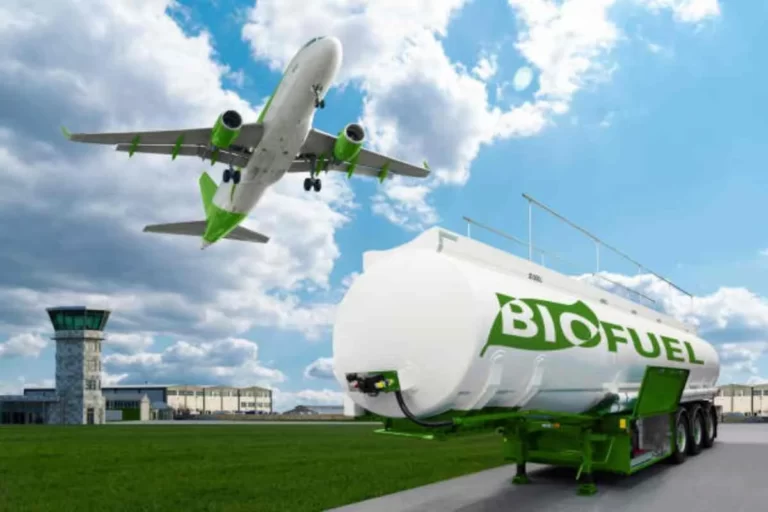
In an era in which traveling has become almost an inalienable right for many, few stop to consider theenvironmental impact that air traffic has on our planet. The growing demand for air travel, driven by increasingly affordable fares and an expanding global network, has a significant impact on the environment, especially in terms of carbon dioxide emissions (CO2), one of the main ones gas greenhouse responsible for climate change.
Estimated reading time: 5 minutes
In 2018, the world witnessed one significant growth of air traffic, with an increase of 6% compared to the previous year, reaching the impressive figure of 8,8 billion passengers. This increase is not an isolated event: the previous decade (2007-2017) saw an average annual growth of 4,3%. Looking to the future, forecasts suggest a further increase of demand for air services, with an expected growth of almost 30% between 2018 and 2023.
This continuous expansion has led to a increase in CO2 emissions and consumption light e gas. Aviation is responsible for approximately the 2% of global CO2 emissions and 3% in Europe.
To provide broader context, in the transportation sector in 2016, 13% of CO2 emissions came from aviation. While this may seem like a small percentage, it is significant to consider that an aircraft emits approximately 285 grams of CO2 per passenger for every kilometer travelled, compared to 42 grams per passenger per kilometer in a car.
Not all airlines have the same environmental impact. EasyJet, for example, has been recognized as the airline with the least impact in terms of CO2 emitted. These differences between airlines show that there are ways to reduce the environmental impact of air travel.
On November 28, Virgin Atlantic achieved a pioneering flight: a Boeing 787 crossed the Atlantic, from London to New York, using exclusively sustainable aviation fuel (SAF). This flight marks an important turning point, exceeding the current English regulation which limits the use of SAF to 50%.
The fuel used, composed of 88% HEFA (derived from oil from kitchen used and plant products), promises to reduce CO2 emissions by up to 70% compared to fossil fuels. However, the long-term sustainability of the SAF is under scrutiny, with criticism regarding its production e price. While sustainable aviation fuels (SAF) represent a promising solution for reduce the carbon footprint of the aviation sector, there are still significant challenges to overcome. SAFs, including the one used on Virgin Atlantic's London-New York demonstration flight, still release carbon into the atmosphere.
However, this is estimated to occur at a rate 70% less compared to conventional fuels. This particular flight used a blend of 88% hydroprocessed esters and fatty acids (HEFAs), derivatives of chemical processes, and 12% synthetic aromatic kerosene (SAK), a waste from corn production.
The production of SAF requires a considerable quantity of resources. For example, each long-haul flight requires approximately 7,2 tons of corn waste. This quantity could be sufficient to cover some routes, but it is unrealistic to think that it could satisfy the demand of approximately 26 thousand planeswhich take off and land all over the world every day.
The World Sustainability Organization (WSO) has launched a certification, known as the "green sticker", for travel agencies that promote sustainable tourism. This initiative aims to recognize and incentivize sustainable practices in the tourism sector.
Travel agencies play a crucial role in the global tourism industry, a market that was worth as of January 2023 475 trillion US dollars. With the growing demand for sustainable tourism, many agencies are already offering eco-friendly packages and supporting local suppliers.
To obtain WSO certification, agencies must meet rigorous criteria:
In conclusion, theincrease in air traffic it is a reality that it cannot be ignored, but it is equally important to consider the resulting environmental impact. Initiatives like the reduction of emissions per airline and offsetting emissions are positive steps, but it is clear that much still needs to be done to ensure that i skies of our planet remain as clean as possible.
Staff BlogInnovazione.Item: https://www.tariffe-energia.it/news/primo-volo-green/
BlogInnovazione.it
The naval sector is a true global economic power, which has navigated towards a 150 billion market...
Last Monday, the Financial Times announced a deal with OpenAI. FT licenses its world-class journalism…
Millions of people pay for streaming services, paying monthly subscription fees. It is common opinion that you…
Coveware by Veeam will continue to provide cyber extortion incident response services. Coveware will offer forensics and remediation capabilities…